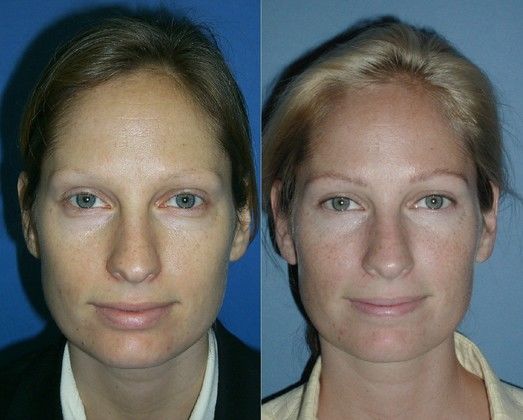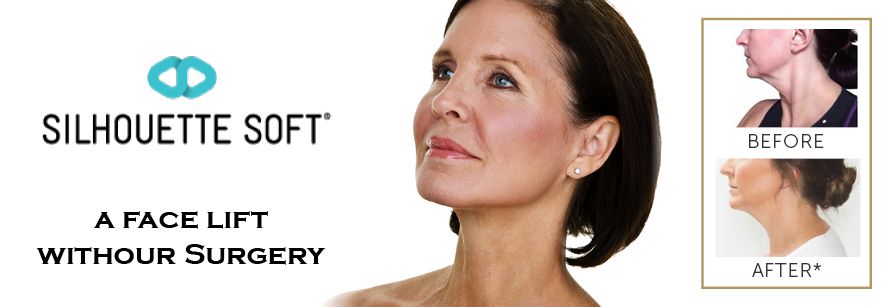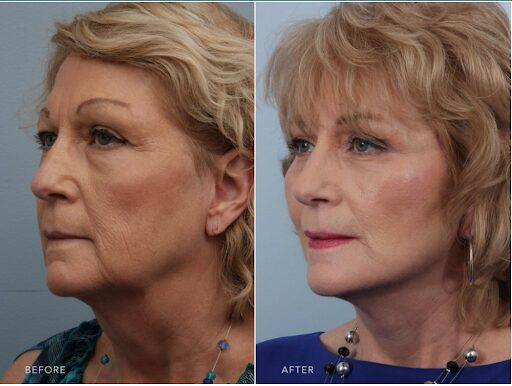
The FDA published millions of reports about issues with medical devices. The FDA allows manufacturers to submit complaints about their products to its employees. The reports are also available on its database, MAUDE, which is open to the public. Implant safety is affected differently by different factors. For example, a textured surface can prevent rotation. Moreover, a woman who smokes is at a higher risk of developing complications from implants. Be sure to check your medical history for autoimmune diseases if you are considering breast implants.
Textured surfaces prevent rotation
It is possible to rotate teardrop-shaped breast implant, but textured surfaces can prevent it. The Velcro-like effect of textured surfaces prevents the implant from rotating. Round implants won't rotate as much and will therefore be more secure in breast pockets. Even though rotation of teardrop shaped implants poses a very small risk, it is still an aesthetic concern.

Avoiding autoimmune disorders
FDA has not yet concluded if silicone implants in breasts can be linked to autoimmune conditions. Breast implants may have led to arthritis-like symptoms in some doctors. Although the FDA is not able to prove a direct link between breast implants, and autoimmune diseases, there is growing evidence. A recent study by the World Health Organization revealed a link between breast implants, rare cancers, and breast implants.
Reversibility of surgery
Breast implant surgery, unlike cosmetic surgeries such rhinoplasty and tummy-tuck, is not reversible. After the implants are placed, your breast shape will not be restored to its original state. Implanted breast tissue can become dimpled or wrinkled. It is possible to feel significant pain following the procedure. The best way to minimize these risks is to choose a surgeon who is experienced in breast implants surgery.
Patient device cards
It is now more important than ever for patients to have information about breast implants thanks to the FDA's recent updates to their guidelines on patient device card for breast Implants. According to the latest FDA guidelines, patient device cards must include information about the implant type, serial number and any boxed warnings. Additionally, the cards should contain web links that direct patients to the device's label and decision checklist, so that they can access more information about the product.

Screening for rupture
The Food and Drug Administration (FDA) recommends periodic imaging of breast implants two to three years after surgery. Ultrasound can tell the difference between normal and ruptured implants. Normal implants will appear well-defined and homogeneous on ultrasound. The appearance of a ruptured implant can be described as a snowstorm. If you experience any of these symptoms, you should schedule an MRI to determine the extent of the rupture. This type imaging is not covered under your insurance.